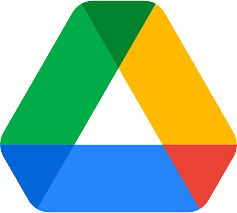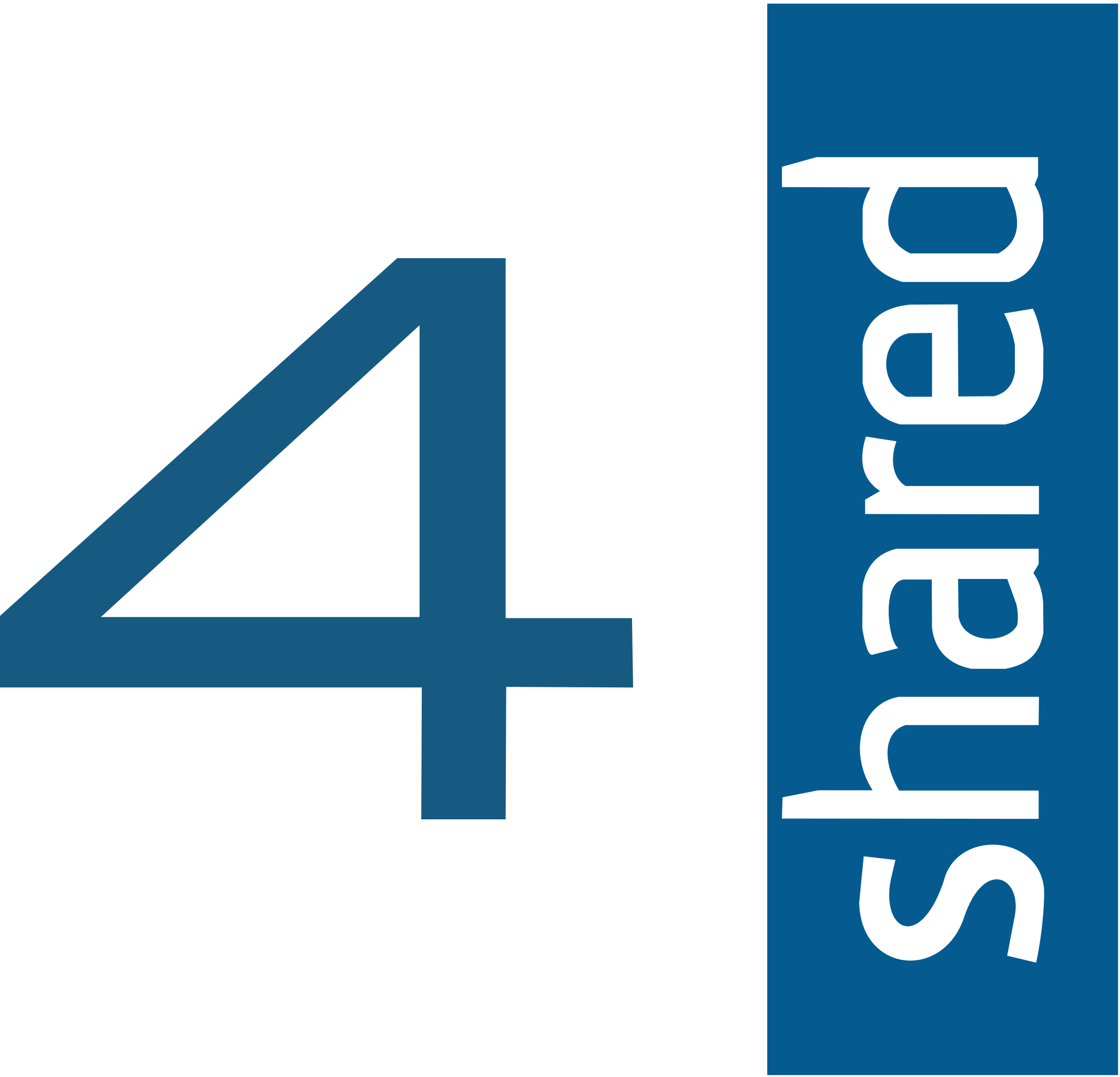Google Drive to OneDrive: 3 Proven Ways to Transfer Your Files
Discover the most effective methods to move your data from Google Drive to OneDrive. This guide covers three essential strategies: Google Takeout, Rclone, and CloudsLinker—each designed for different user needs.
Introduction
Migrating files between cloud services has become a common task for individuals and organizations alike. Whether you're consolidating platforms or transitioning to Microsoft 365, transferring data from Google Drive to OneDrive can seem daunting without the right tools. In this guide, we introduce three distinct methods to simplify the process—ranging from Google’s native export tool, to command-line solutions for advanced users, to smart online platforms that run in the cloud. Each method has its own advantages depending on your technical experience, file volume, and preferred workflow. Read on to find the method that fits your needs and move your data with confidence.
OneDrive is Microsoft’s official cloud storage service, fully integrated with Microsoft 365 and Windows. It offers secure file backup, cross-device file syncing, and real-time collaboration with Office apps.
Recent updates include AI-powered Copilot for smarter file search, summaries, and productivity tips.
OneDrive also features enterprise-grade security, advanced sharing controls, large file support, and easy file ownership transfer within organizations.
New enhancements like colored folders, PDF compression, and improved sync for macOS and ARM help keep your files organized and accessible anywhere.
Google Drive is Google’s cloud storage platform at the core of Google Workspace. It supports easy storage, secure file sharing, and real-time collaboration via Docs, Sheets, and Slides.
With built-in Gemini AI, Drive can summarize documents, extract highlights from PDFs, and even generate quick insights from long videos.
Google Drive also offers differential sync for faster uploads, smart mobile scanning, robust version history, and up to 15 GB of free cloud storage — expandable with Google One up to 30 TB. Whether for personal or team collaboration, Google Drive makes it simple to keep your files organized and accessible from any device.
Switching from Google Drive to OneDrive: Practical Reasons & Strategic Benefits
Moving from Google Drive to OneDrive has become increasingly common, especially for users who are integrating more deeply into the Microsoft ecosystem. Here are some of the key reasons driving this transition:
- Seamless Microsoft 365 Integration: OneDrive offers native integration with Office apps like Word, Excel, and Teams, enabling real-time collaboration and easier document workflows across desktop and cloud environments.
- Advanced File Sharing and Permissions: OneDrive allows granular file access controls, including expiring links, view/edit toggles, and real-time tracking, which enhance security and collaboration in professional environments.
- Enterprise-Grade Security: With features like ransomware detection, file version history, and Microsoft Defender integration, OneDrive delivers strong protection for sensitive data. Learn more on OneDrive Security.
- AI-Powered File Search: Leveraging Microsoft Search and Copilot AI, OneDrive provides faster, more accurate file retrieval, especially in large cloud directories.
- Mobile App Superiority: OneDrive's mobile app supports automatic photo backup, PDF scanning, and direct file sharing, making it more versatile than Google Drive in mobile-first workflows.
These advantages make OneDrive an ideal solution for users who rely on Microsoft tools, need enterprise-grade security, or want better control over file sharing and collaboration. In the next sections, we’ll explore the best ways to migrate from Google Drive to OneDrive efficiently and securely.
Method One: Manual Transfer via Google Takeout
Step 1: Export Google Drive Data Using Takeout
Start by visiting Google Takeout, Google's official data export service.
Select only Google Drive as the data source. Click All Drive data included to choose specific folders if needed.
Once confirmed, select OneDrive as the delivery destination and proceed with account authorization.

Step 2: Authorize OneDrive & Start Export
Google will redirect you to authorize access to your OneDrive account. Once permissions are granted, Takeout will begin exporting your selected files. Large files over 2 GB will be split into multiple ZIP archives. Depending on file size, the process may take some time.

Step 3: Access and Organize Files in OneDrive
Once the export is complete, you’ll receive an email with a link to the shared ZIP file in your OneDrive account. Open the link, move the file to your My files section, and unzip it using your operating system’s built-in tools. Organize your files as needed within OneDrive.
Method Two: Command-Line Transfer with Rclone
Step 1: Install Rclone
Begin by downloading and installing Rclone, a powerful open-source tool that supports direct cloud-to-cloud file transfers. It’s available for macOS, Windows, and Linux. After installation, open your terminal or command prompt.
Step 2: Configure Google Drive and OneDrive Remotes
Run the following command to start the configuration process:
rclone config
Create two remotes—one for Google Drive (e.g., drive) and one for OneDrive (e.g., onedrive). Rclone will guide you through authentication by opening a browser window for authorization.
Make sure to select the appropriate drive type (personal or business) when prompted, and test each remote to verify successful setup.
Step 3: Transfer Files Between Cloud Accounts
Once both remotes are configured, you can initiate the transfer using the following command:
rclone copy drive:/path/to/folder onedrive:/target-folder --progress
This command copies files from your Google Drive folder to your OneDrive folder while showing real-time progress. You can also use --filter to include or exclude specific file types, or --dry-run to preview changes before executing.
Note: Rclone transfers occur directly between cloud services, so your local bandwidth is not used. This makes it ideal for large-scale or automated transfers.
Method Three: Transfer from Google Drive to OneDrive via CloudsLinker
About CloudsLinker:
CloudsLinker is a powerful online tool that supports seamless file transfer across over 40+ cloud storage platforms including Google Drive and OneDrive. It operates entirely in the cloud—no downloads or installations required. Using secure OAuth 2.0 authentication, CloudsLinker ensures that your files are transferred safely, without consuming local bandwidth or system resources.
Step 1: Connect Google Drive to CloudsLinker
Visit CloudsLinker and click Add Cloud. Choose Google Drive and follow the OAuth 2.0 authentication process by logging into your Google account. Once authorized, your Google Drive will be listed and ready for use in the transfer panel.

Step 2: Add OneDrive Account
Repeat the same process for OneDrive. Click Add Cloud, select OneDrive, and sign in using Microsoft’s OAuth 2.0 flow. After authorization, your OneDrive account will be available for selection as a destination cloud.

Step 3: Configure Your Transfer Task
Go to the Transfer tab. Select the source folder from Google Drive and choose a destination folder in OneDrive. You can also create a new target folder within OneDrive directly from the interface. CloudsLinker supports advanced options like file type filters, size limits, and duplication rules to give you full control.

Want automation? You can set up scheduled transfers—daily, weekly, or monthly. This is perfect for users managing recurring data sync between Google Drive and OneDrive.
Step 4: Start and Monitor the Transfer
Once all settings are in place, click Transfer to begin. You can monitor the process in the Task tab, where progress bars and status indicators show real-time updates. If a task fails, CloudsLinker will retry automatically and notify you via email if enabled.
Step 5: Confirm Transfer Completion
After the task is marked as Completed, log in to your OneDrive account and navigate to the target folder to verify the files. You’ll find all selected Google Drive content successfully transferred. CloudsLinker ensures data integrity during migration, and no local disk space or bandwidth is used.
Method Four: Transfer via Desktop Sync
Step 1: Install Both Desktop Apps
Start by installing the official desktop apps for Google Drive and OneDrive. These apps will create local folders on your computer that automatically sync with the cloud.

Step 2: Copy Files Locally
Once installed, both Google Drive and OneDrive will appear as folders on your computer. Simply drag and drop the files or folders you want to move from your Google Drive folder into your OneDrive folder. OneDrive will then automatically sync the copied files to your Microsoft cloud account.

This approach makes it easy to move large sets of files with familiar drag‑and‑drop steps. Just remember, local disk space is used during the transfer, and upload times depend on your internet speed.
Comparative Overview of Transfer Methods
| Method | Advantages | Disadvantages |
|---|---|---|
| Google Takeout | Official tool by Google; supports direct export to OneDrive; no software required. | No real-time sync; slow for large data; ZIP splitting for files over 2GB. |
| Desktop Sync Clients | Full control via file explorer; ideal for ongoing backup and large file transfer. | Consumes local disk space; sync setup required; depends on system performance. |
| Rclone | Fast, scriptable, and precise; suitable for automation and advanced workflows. | Command-line tool; steep learning curve for beginners. |
| CloudsLinker | No download needed; real-time cloud-to-cloud transfer with filtering and scheduling. | Requires internet access and account authorization; third-party dependency. |
Frequently Asked Questions (FAQ)
Watch Our Step-by-Step Video Tutorial
See how to transfer files from Google Drive to OneDrive using CloudsLinker, Rclone, and more. Our video guide walks you through each method in a clear and simple way. Whether you're a beginner or an expert, you'll find the best solution to fit your needs.
Conclusion
Each method offers unique strengths: Google Takeout is great for archival or one-time moves; Rclone is perfect for tech-savvy users needing flexibility and precision; CloudsLinker offers the easiest and most efficient experience for day-to-day users. Choose the method that fits your comfort level and data volume. For a hands-off, fast, and reliable solution, CloudsLinker is highly recommended.
Online Storage Services Supported by CloudsLinker
Transfer data between over 44 cloud services with CloudsLinker
Didn' t find your cloud service? Be free to contact: [email protected]
Further Reading
Effortless FTP connect to google drive: Transfer Files in 3 Easy Ways
Learn More >
Google Photos to OneDrive: 3 Innovative Transfer Strategies
Learn More >
Google Photos to Proton Drive: 3 Effective Transfer Techniques
Learn More >











































